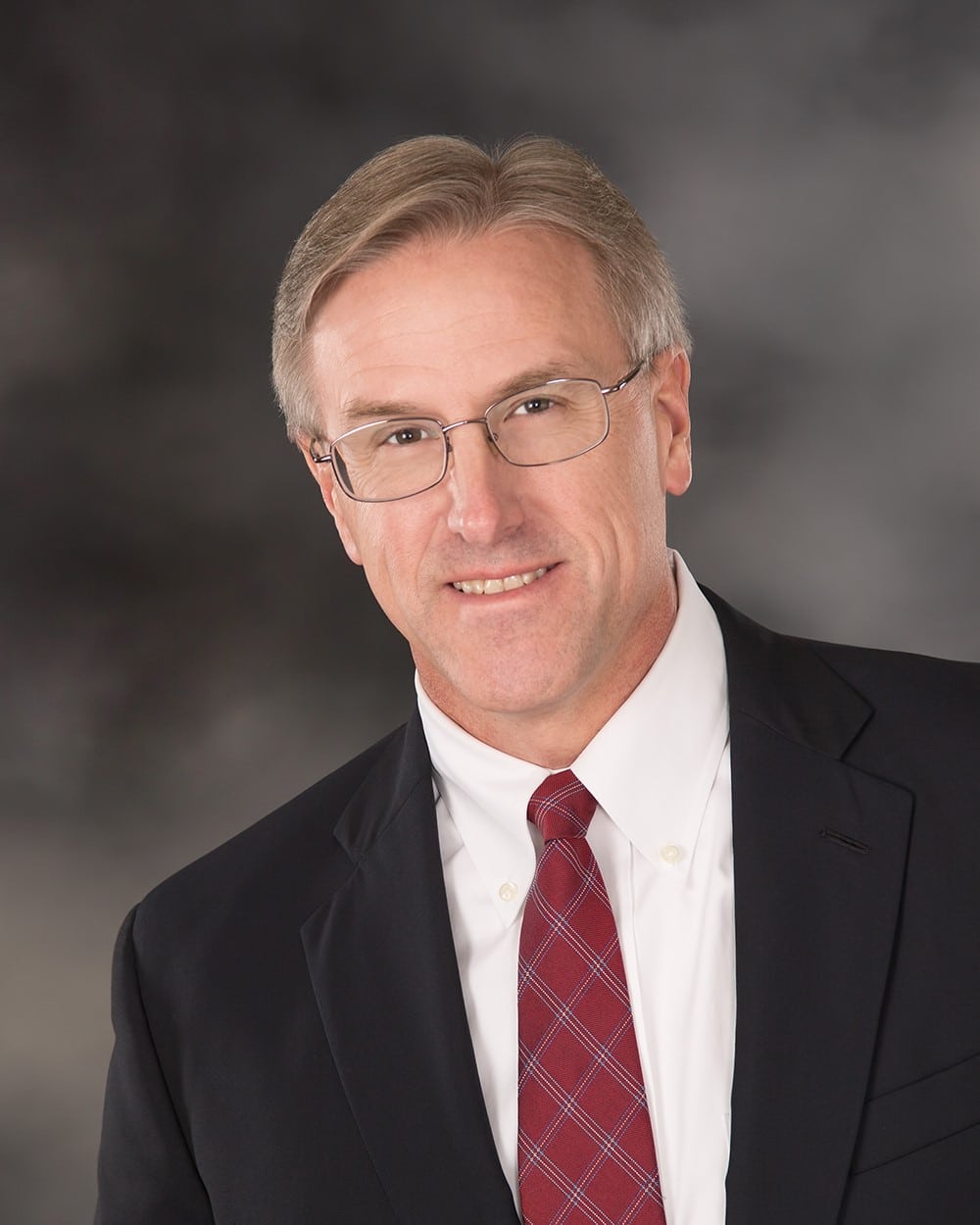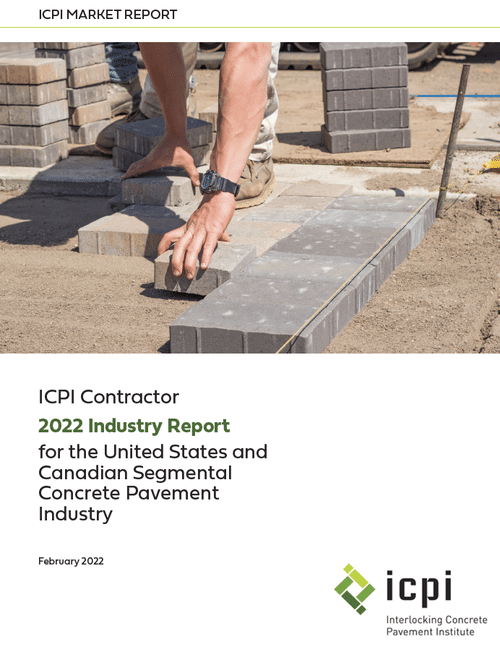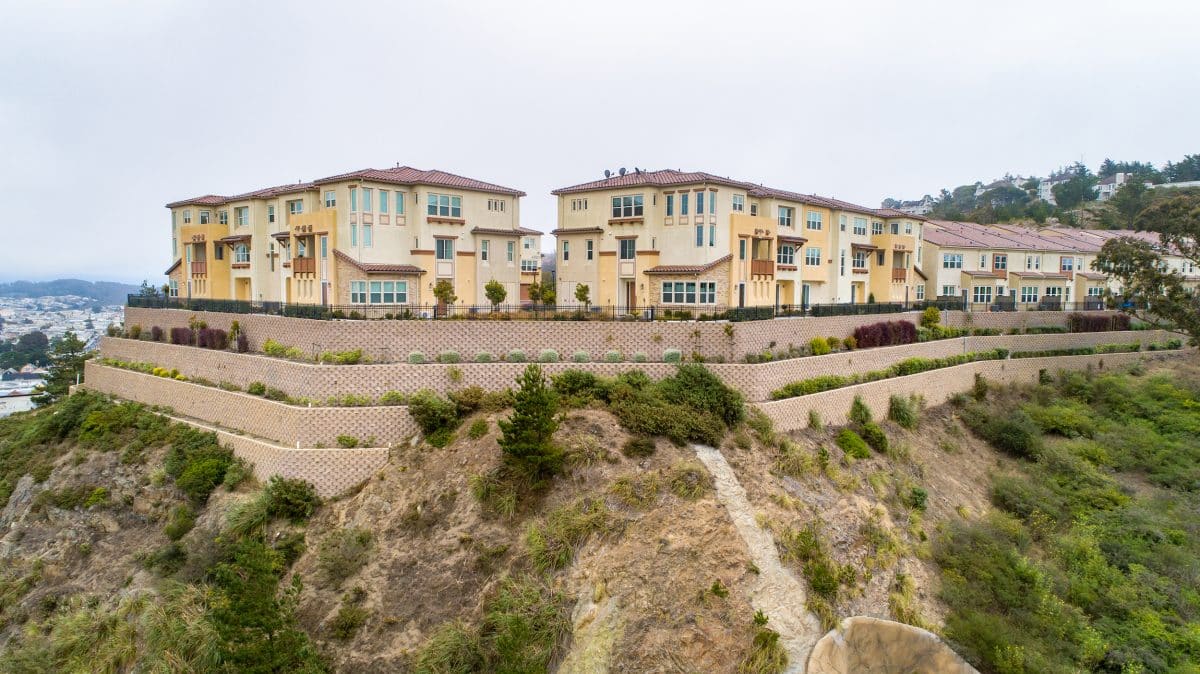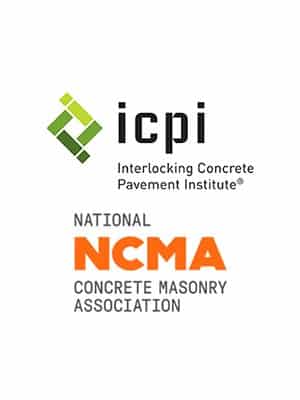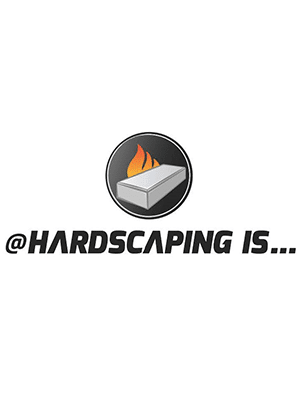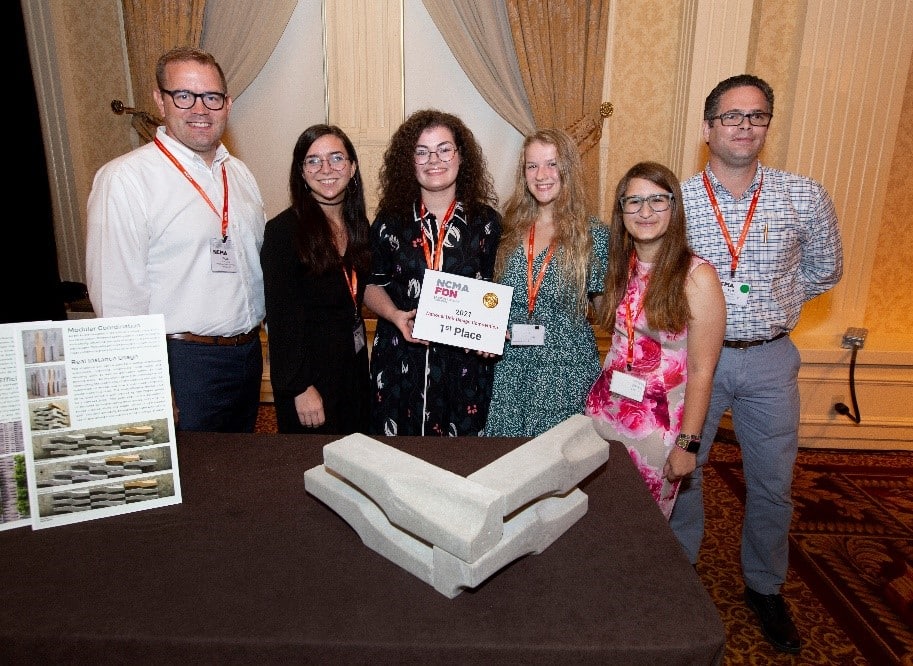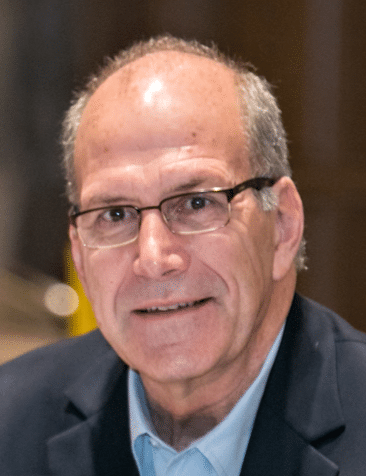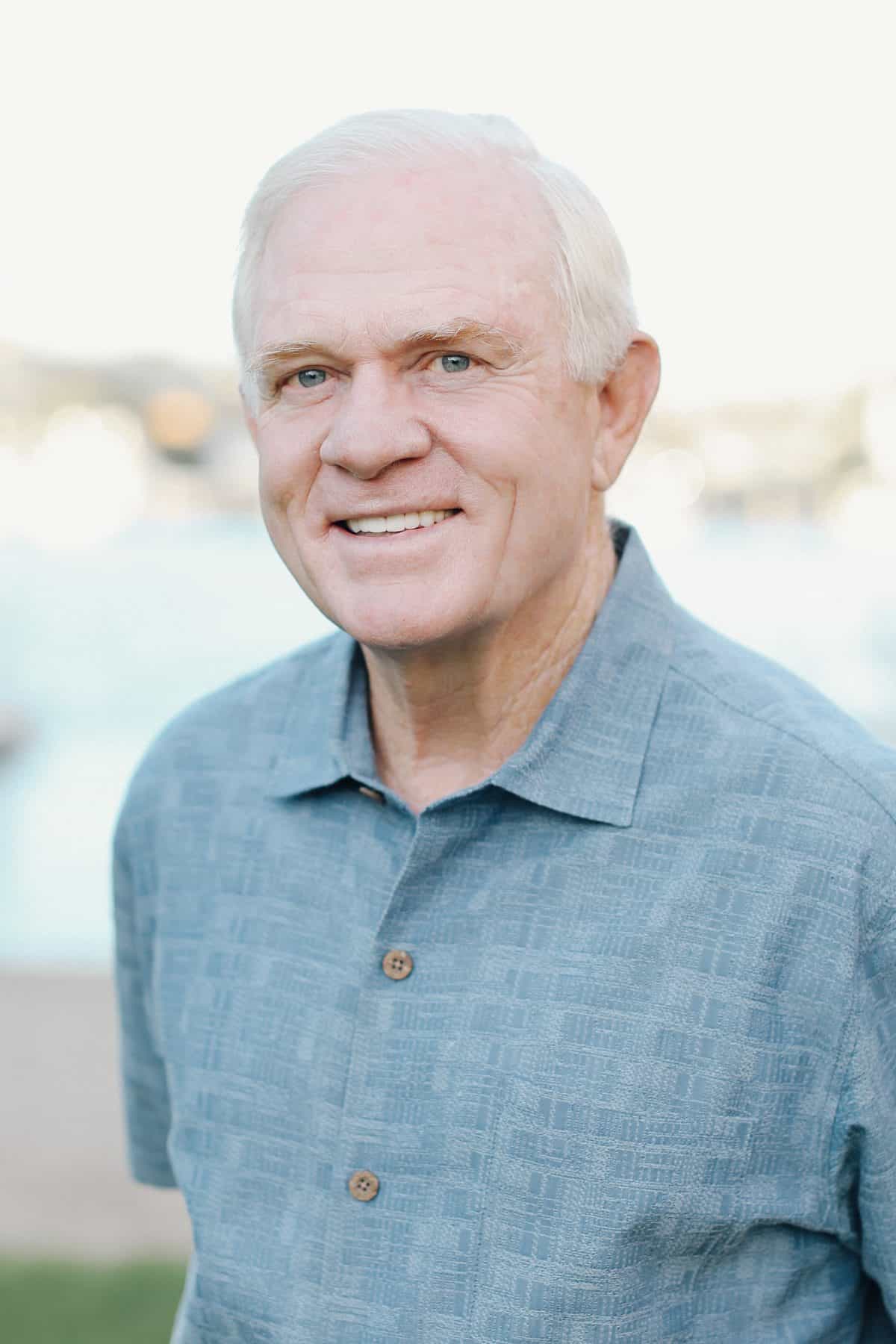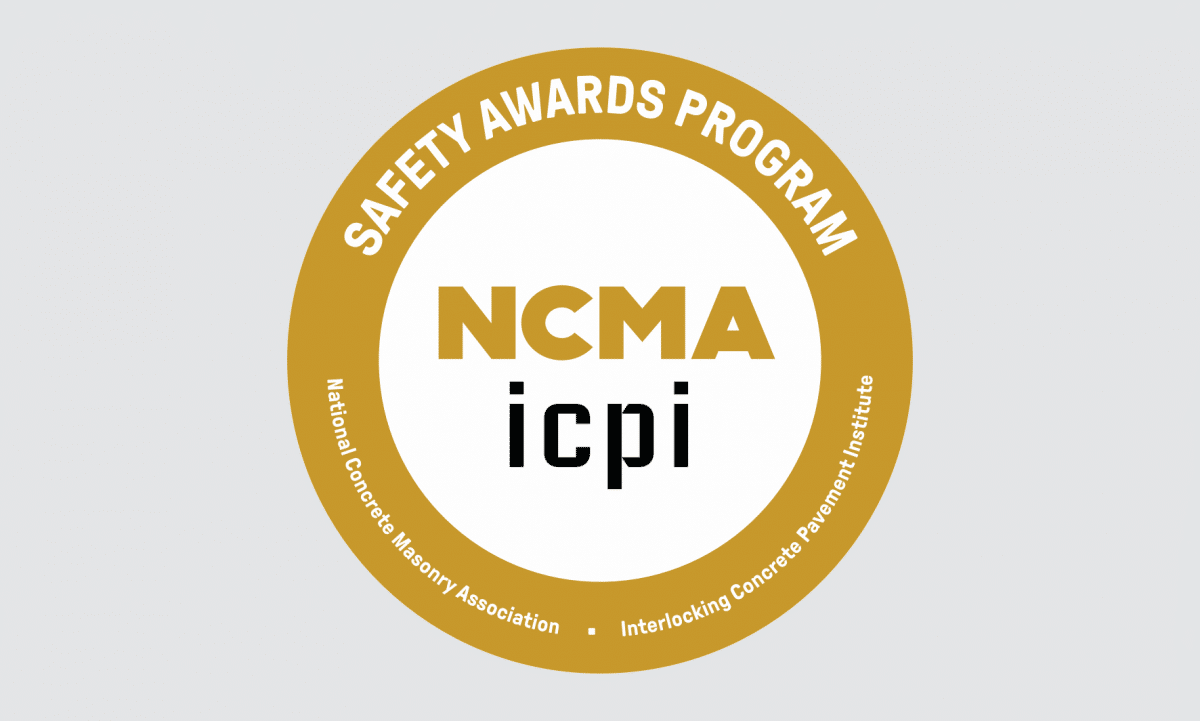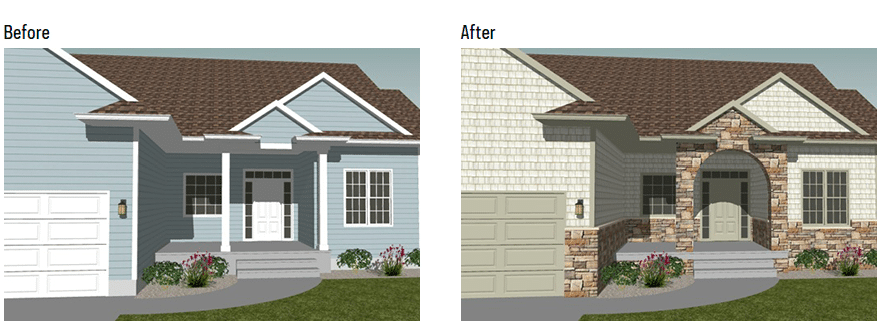A hardening up of the property and casualty insurance market and new data showing the true economy of concrete masonry construction are boosting block’s advantage against competitive building systems.
That was the takeaway from a webinar – “Resilient Community Risk Reduction, an Economic Approach to Multi-Residential Structures” sponsored Sept. 16, 2021, by the Pennsylvania Concrete Masonry Association (PCMA). The webinar featured a detailed presentation from Walter G. M. Schneider III, Ph.D., P.E., CBO, MCP, CFO, MIFireE, FACSE – The Pennsylvania State University. Schneider, who serves as an adjunct professor in the Architectural Engineering and Agricultural & Biological Engineering Departments, reviewed data from a multi-city comparison of construction system costs that confirms block’s economic competitiveness with other building systems.
Also presenting was Patrick Riley, CPCU, ARM, CRIS, vice president, property and casualty, USI Insurance Services LLC. Riley told attendees that environmental factors are causing insurers to take a harder look at building materials and construction systems when writing policies and setting insurance rates
Wood Frame Sees Increases in Both Builder’s and Property and Casualty Costs
“The builders’ risk market, along with property and casualty, has been increasing and hardening significantly — particularly for wood frame projects and multi residential structures,” Riley said. “Wood frame projects have always been more expensive to insure than concrete or steel, but that gap has widened significantly over the past two years. We started putting together this presentation back in November 2020. I think we’ve had to change the rates on the builders’ risk at least three times already. That’s how quickly this market is changing,” he added.
“There’s adequate capacity, but the loss ratios have just been too high to support the pricing that’s been in place in the past. For that reason, we don’t expect it to really cool off anytime soon. Some of the main drivers are a lot of different events that weren’t drivers before, such as the civil unrest that occurred over the past year, a record number of named storms with $670 billion in losses. And there are a few other types of losses that have been occurring at a higher than normal level — such as wildfires and freeze events.”
Riley noted that “many of the large fires over the last year impacting wood frame construction have been a result of arson, which is obviously a troubling sign. Iin addition to the increased rates on insurance, underwriters are requiring 24/7 site security and video monitoring for these frame projects, which is further driving up the cost of using wood frame.”
Using the example of a $30 million building, Riley said “the builders risk rates for a wood frame project could be 3-4x higher than rates for a masonry project. For a $30M project, that could add over $100,000 to the total project costs.” And once a building is complete, “the owner of a stick building faces considerably higher insurance rates. The property and casualty insurance on a wood frame building in the example would come in between $180,100 to $195,000 more than a comparable block building over a five-year ownership period,” he added.
“The big takeaway really is just to factor in the insurance when we’re making these decisions. We’ve had design firms asking us whether owners and developers are getting this message. I think they’re starting to. But from the insurance standpoint, I know that some of them are still surprised… So it’s something where a lot of people are getting shocked and surprised by this, but it’s not something that is going away anytime soon. If anything, we’ll probably see the markets for frame construction get a little harder before it gets under control.”
Block Shines
Schneider told attendees that in a series of cost comparisons of six building systems, in locations across the US — at a variety of times — concrete masonry performed very competitively against other building systems. And the inherent robustness of masonry construction protects more than just the residents of a single building. “Entire communities are impacted and at risk when multifamily residential structures are destroyed or severely damaged by storms, fire, flooding, or other disasters,” he said.
“We’re going to introduce you to the advantages of utilizing building materials that are inherently resilient — to reduce community risk from naturally occurring weather related events as well as terrorist attacks and more. We want you to be thinking about building more robust buildings, so that the impact is less and normal comes back quicker.”
“I’m not saying you’ve got to build to resist something that the code isn’t telling you to. But we can make choices. And we can inherently build buildings so that they recover quicker, more efficiently, or have minimized impact. And we can do so in a very knowledgeable and deliberate way. A resilient community is able to resist, absorb or accommodate and recover from the effects of a hazard in a timely and effective manner. Think about if you’re the family that is living in this building. What is timely? How fast do you want to get back in? One of the things we saw after some of the major events in Louisiana, is that the population that migrated out of Louisiana because there was no housing available to them never came back. They moved. And the recovery time was so long that they started a new life somewhere else.”
In the study initiated by Schneider and PCMA, “we looked at the design of a multi-family residential structure of four stories, and everybody said, you know, you can’t do this economically using anything other than stick. You can’t compete with it. And so evaluations were done to look at a representative building. It’s 25,000 square feet per floor. It’s a mixed bedroom floor plan with a brick facade so that it was an apples- to-apples comparison on the exterior look. Alright, and yes, we already know that it’s a code violation to use brick on the fourth story of light wood frame, but we wanted it to be consistent across the board. Six construction types were looked at.”
The six construction types are:
- Conventional wood framing with wood floor system (Type VA Construction)
- Light Gage Steel Framing with cast-in-place concrete floor system on metal form deck (Type IIB Construction)
- Load bearing concrete masonry construction with precast concrete plank floor system (Type IIB Construction)
- Precast concrete walls and precast concrete floor system (Type IIB Construction)
- Insulated Concrete Form (ICF) walls and precast concrete plank floor system (Type IIB Construction)
- Insulated Concrete Form (ICF) walls and ICF concrete floor system (Type IIB Construction)
The initial study, released in 2017, considered three markets: Dallas, Edgewater, NJ, and Towson, MD — over discreet times — December 2016, May 2017, and September 2017. Concrete masonry and precast flooring performed very well economically across the US, and across the different time periods, occasionally beating stick built construction in terms of cost, and in other cases, coming in within a few percentage points.
Each market and time frame is covered in detail in the study and in the addendums for additional locations. For example, from the study:
“In the May 2017 cost estimate… where the least expensive system was the concrete masonry system with precast concrete plank floor. The relative cost of this system to the conventional wood frame system was 96 percent. The relative cost of the most expensive framing systems, the precast concrete wall system with precast concrete floor system and the insulated concrete form wall system with insulated concrete form floor system were 19 percent higher than the conventional wood frame system. In September 2017 the relative cost of the concrete masonry system rebounded, being 4 percent higher than the conventional wood frame system. This is still very favorable and well within the normal amount typically held for contingency”

Since the publication of the initial report, addendums have been published that cover 29 additional cities in the US and eight cities in Canada. These addendums also highlight the stability of concrete masonry pricing compared with wood frame, as they capture costs at different times from 2017 to 2021. In nearly all cases, concrete masonry is the most cost-competitive or within a small percentage of wood-framed construction.
The additional cities studied in the US are: Phoenix and Tucson AZ; Los Angeles, Sacramento, and San Jose CA; Washington DC; Tampa and Orlando FL; Atlanta and Savannah GA; Chicago IL; Kansas City MO: Des Moines IA; Baltimore MD; Boston and Waltham MA; Omaha NE; Syracuse and Mineola NY; Charlotte and Raleigh NC; Toledo OH; Portland OR; Lehigh Valley, Pittsburgh and Harrisburg PA; Columbia SC; Knoxville TN; Houston and Dallas TX; and Richmond, VA. The cities studied in Canada are: Calgary, Alberta; Halifax, Nova Scotia; Montreal, Quebec; Regina, Saskatchewan; Saskatoon, Saskatchewan; Toronto, Ontario; Vancouver, British Columbia; and Winnipeg, Manitoba.
View the the initial report, along with the addendums for the cities above, on the Buildingstudies.org website.

